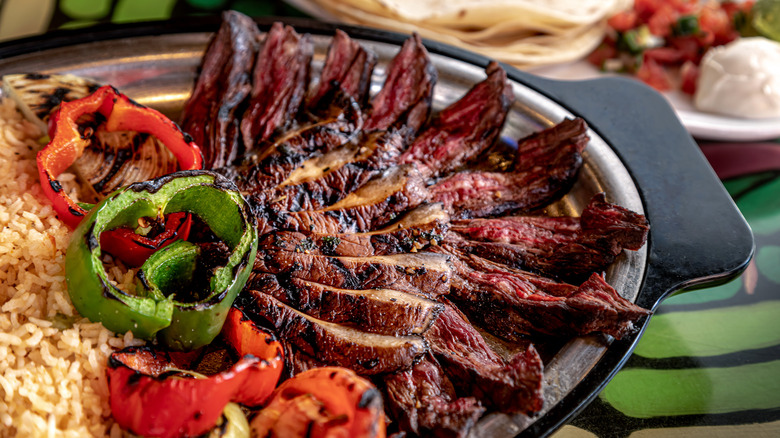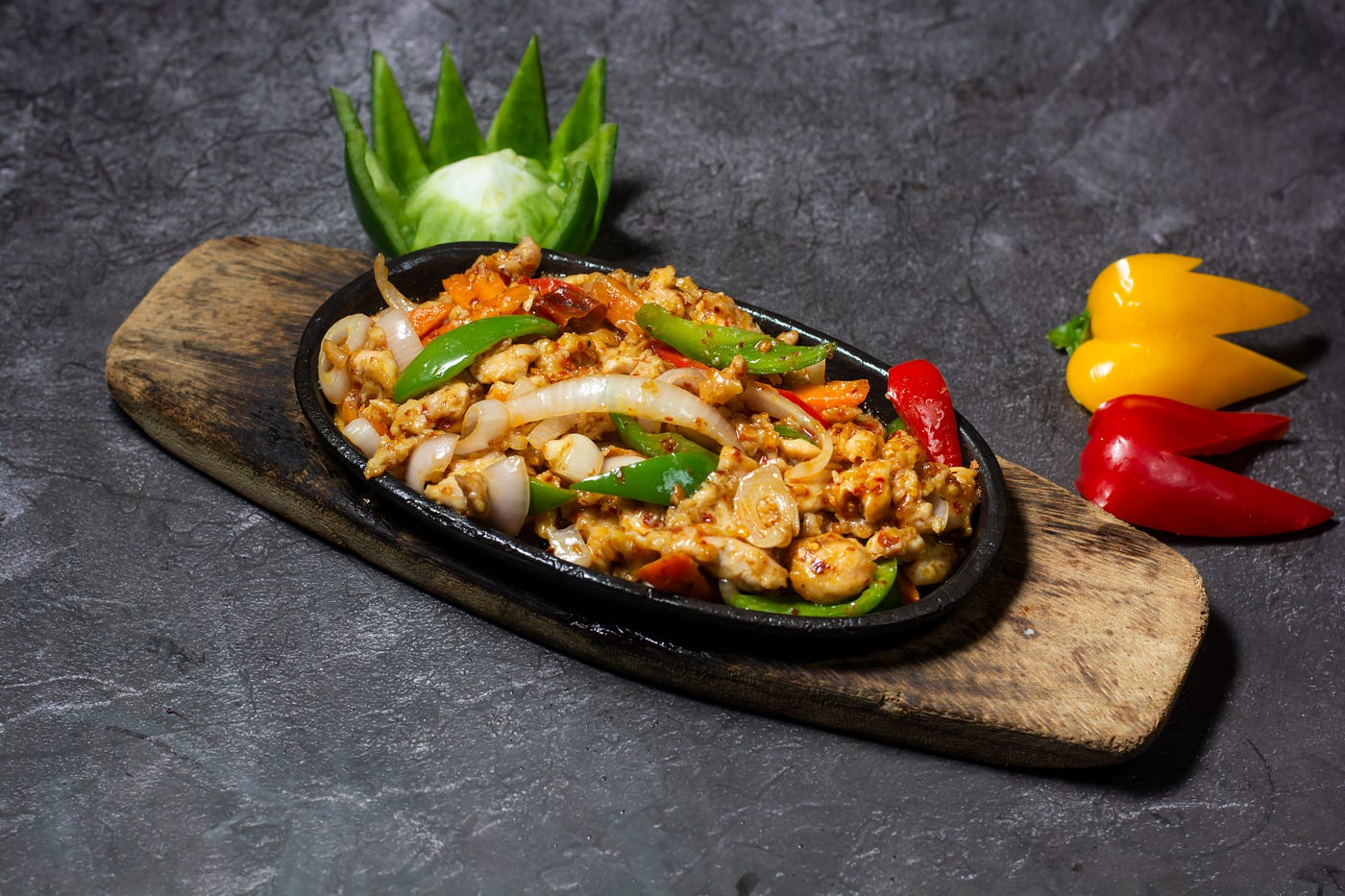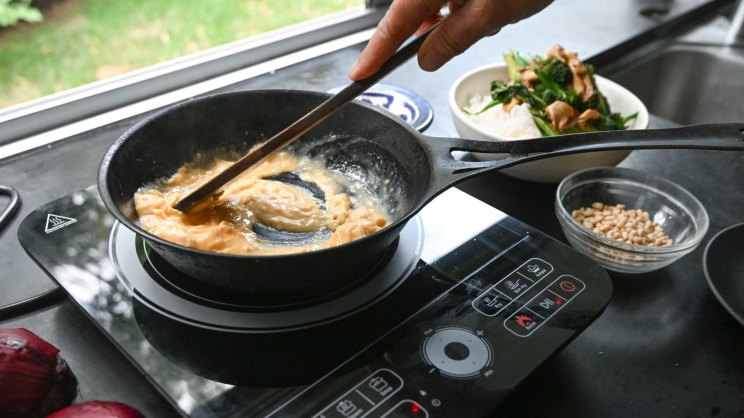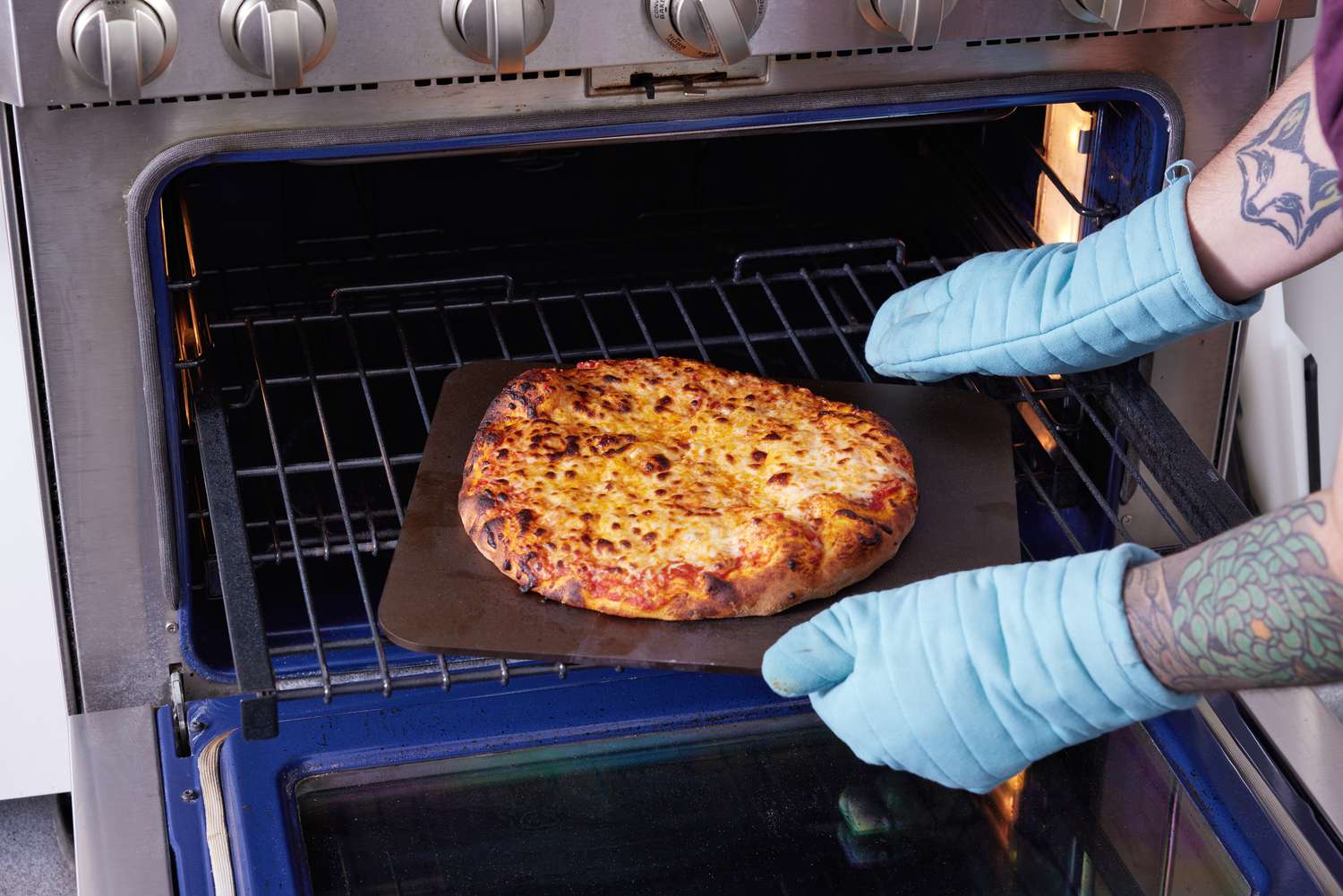In the bustling world of gastronomy, the art of serving sizzling dishes has become a hallmark of culinary innovation and appeal. The dramatic sound of a sizzling platter, the enticing aroma wafting through the air, and the visual spectacle of steam rising from a dish can transform a simple meal into a memorable dining experience. But how exactly do restaurants achieve this culinary magic? Let's delve into the secrets and techniques that ensure these dishes captivate the senses.

The Science Behind the Sizzle
At the heart of every sizzling dish is the science of heat. Chefs utilize high-quality metal platters, often preheated to extreme temperatures, to maintain the heat necessary for that signature sizzle. The moment the food hits the platter, it begins to cook further, releasing tantalizing aromas and creating that characteristic sizzling sound. This technique not only enhances the flavor and texture of the dish but also serves as a sensory delight for diners.
Essential Equipment for Sizzling Success
For kitchen professionals aiming to master the art of the sizzle, investing in the right equipment is crucial. Heavy-duty cast iron or stainless-steel platters are preferred due to their excellent heat retention. These platters are often paired with a wooden base to protect tables from the intense heat. Such equipment ensures that the dish remains hot from kitchen to table, maintaining its appeal and flavor. For more details on the appropriate wooden bases, check out this article on wooden bases for sizzling platters.
Crafting the Perfect Sizzling Dish
The process of creating a sizzling dish begins long before the platter reaches the table. Chefs carefully select ingredients that not only complement each other but also respond well to the high heat of a sizzling platter. Proteins like steak, chicken, and tofu, alongside an array of vegetables, are popular choices for their ability to sear beautifully while retaining moisture.
Techniques and Tips from the Pros
Experienced chefs know that timing is everything when preparing sizzling dishes. The platter must be heated to the right temperature, and the ingredients should be cooked to just the right degree before assembly. Overcooking can lead to dryness, while undercooking fails to achieve the desired texture. Additionally, chefs often add a touch of sauce or marinade just before serving, enhancing flavors and creating an irresistible aroma. If you're interested in more professional insights, visit this resource on gluten-free baking tips.
Presentation: A Feast for the Senses
The presentation of sizzling dishes is an art form in itself. The dramatic entrance of a sizzling platter often steals the show, drawing the attention of nearby diners and sparking curiosity. This theatrical element is an effective marketing tool, as patrons are enticed by the sensory display and may be inspired to order the same dish. For tips on presenting baked dishes, explore this article on baking desserts with a baking stone.
Conclusion: The Sizzle Effect
In conclusion, the art of serving sizzling dishes is a fusion of science, skill, and spectacle. For kitchen professionals, mastering this technique not only elevates their culinary repertoire but also enhances the dining experience for patrons. By understanding the science behind the sizzle, investing in quality equipment, and honing their presentation skills, chefs can continue to mesmerize diners with unforgettable meals. For more inspiration and techniques, you can also explore this sizzling platter recipe.

FAQ
What materials are best for sizzling platters?
Cast iron and stainless steel are the best choices due to their heat retention properties. They ensure the dish remains hot throughout the dining experience.
How do restaurants ensure safety when serving sizzling dishes?
Restaurants use wooden bases to prevent direct contact between the hot metal platter and the table. Waitstaff are trained to handle and serve these dishes carefully to avoid accidents.
Can sizzling dishes be made at home?
Yes, with the right equipment like a cast iron platter and a home oven, you can recreate restaurant-style sizzling dishes. It requires careful handling and a good understanding of cooking techniques.
This article contains affiliate links. We may earn a commission at no extra cost to you.






Leave a comment
This site is protected by hCaptcha and the hCaptcha Privacy Policy and Terms of Service apply.